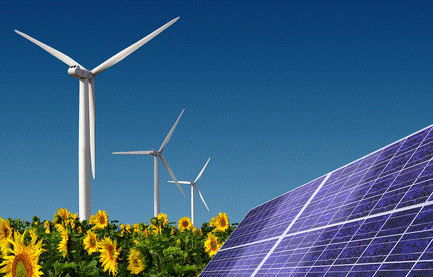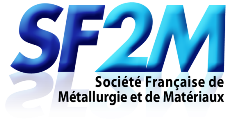
JA 2015
Materials for Energy Generation
October 26th – 28th, 2015, Chimie ParisTech
PARIS

Topic 2: Materials for energy production – improving ageing resistance
under severe loading conditions
Coordinators :
Eric Andrieu, CIRIMAT Toulouse
Jean Marc Cloué, AREVA
Thomas Duguet, CIRIMAT Toulouse.
Improving the lifetime of machines or structural elements submitted to severe loadings conditions (mechanical, thermal, environmental) implies the development of scientific approaches coupling materials science and design. When dealing with the materials science component of the approach, a large number of questions related to coupled processes (multiphysics or multiprocesses) are still open and need an answer.
The objective of this session of the JA 2015 is to draw up a state of the art on two aspects related to the durability of materials:
1. When dealing with polycrystals, one can see the material as grains embedded in a matrix made of « grain boundary material ». As it is often observed that microstructural ageing of this material as well as its specific reactivity is involved in the global degradation of a great number of industrial structural components, scientific and technical approaches are currently developed to better understand the « in service » behavior of this material. For the time being, available tools (numerical, experimental) make it possible to progress in this scientific field. Do we really need new tools to better understand and control segregation processes due to severe loading conditions?
2. High entropy alloys seem to offer a new set of properties which could improve ageing resistance and mechanical properties at high temperature of structural components submitted to severe loading conditions. What is presently their domain of applicability? What is to be developed to increase the applicability of these materials?
Scientific contributions giving rise to elements of answer to these questions will constitute the content of this session. More precisely these contributions will be focused on:
-
Experimental and numerical approaches of interface metallurgy with scale transition
-
High entropy alloys: application field and improving routes.
